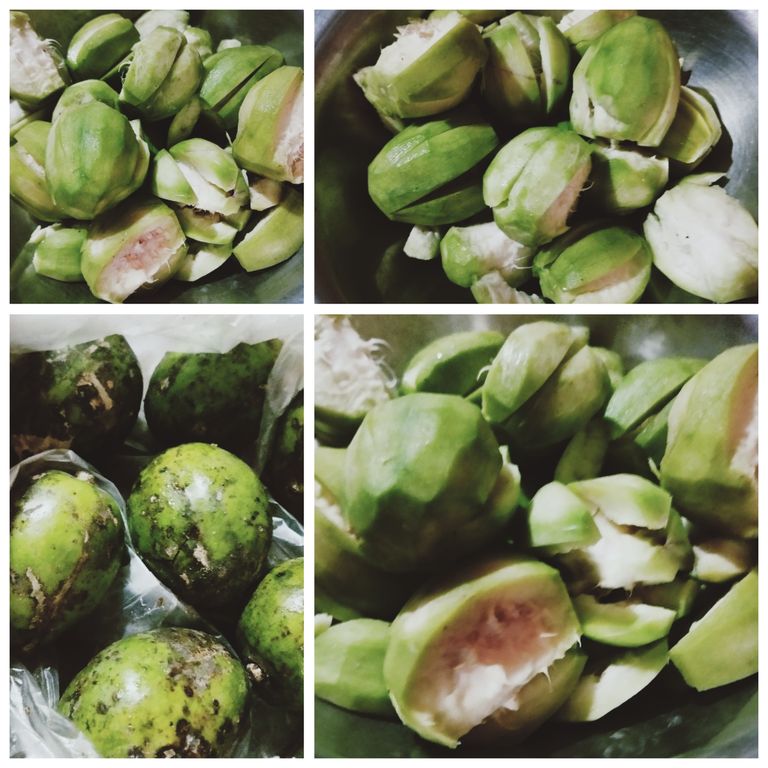
The Joy of Kneading Dough A Magical Culinary Experience.
When it comes to cooking, few activities are as satisfying and meditative as kneading dough. Whether you’re preparing bread, pizza, or pastry, this essential step transforms basic ingredients into something truly magical. The act of kneading dough isn’t just a technique; it’s an art that has been cherished across cultures for centuries. Let's dive into the world of dough kneading and explore why it’s such a beloved part of cooking. The Science Behind Kneading Kneading dough is more than just mixing flour, water, yeast, and salt. It's a process that activates gluten, the protein responsible for the dough’s elasticity and structure. As you press, fold, and stretch the dough, the gluten strands form a network, trapping air and creating a perfect foundation for baking. This gluten network gives bread its chewy texture and helps it rise beautifully. Kneading also ensures that the ingredients are evenly distributed, creating a smooth and cohesive dough. Without proper kneading, your baked goods might turn out dense, uneven, or lacking the desired texture.
Types of Dough and Their Kneading Techniques Bread dough requires vigorous kneading to develop strong gluten strands. Traditional methods involve hand-kneading on a floured surface, where you push the dough forward, fold it, and turn it repeatedly for 8–10 minutes. Pizza dough benefits from a gentler approach. Kneading for about 6–8 minutes helps achieve the soft, stretchy consistency needed for that perfect thin crust or fluffy base. Unlike bread or pizza dough, pastry dough requires minimal kneading. Overworking it can result in a tough texture instead of the desired flaky consistency. For cookies, kneading is often replaced by mixing. However, certain cookie recipes, like shortbread, may call for gentle kneading to ensure the dough holds together.
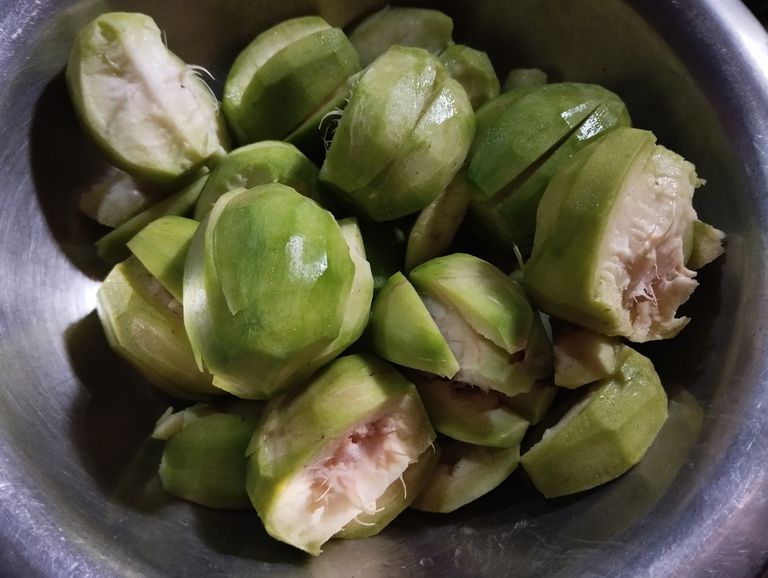
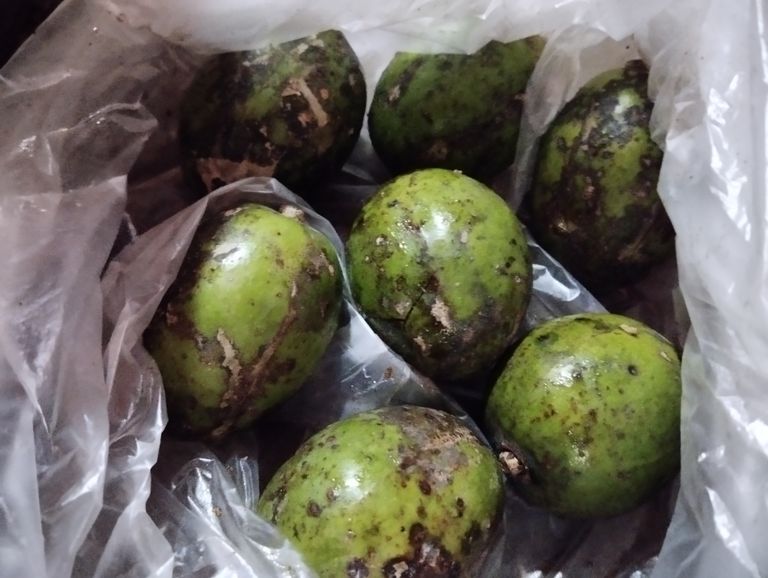
Tools for Kneading Hands: The traditional and most tactile method. Kneading by hand allows you to feel the texture and elasticity of the dough. Stand Mixer: Equipped with a dough hook, a stand mixer makes kneading quick and effortless. It’s ideal for large batches. Bread Machine: Many bread machines come with a kneading function, making it a hands-free option. The Therapeutic Joy of Kneading Kneading dough is not just a culinary necessity—it’s a deeply therapeutic experience. The rhythmic motions of pressing and folding can be incredibly calming, allowing you to focus on the present moment. It’s a fantastic way to relieve stress and connect with the food you’re making. For many, kneading dough is also a nostalgic activity that brings back memories of baking with parents or grandparents. The aroma of fresh dough and the tactile pleasure of working with it create a sensory experience like no other. Common Mistakes and How to Avoid Them This can result in a dough that’s too tough and difficult to work with. If you’re using a stand mixer, keep an eye on the texture and stop when it becomes smooth and elastic.
Not kneading enough can lead to dense and unevenly baked bread. Make sure the dough passes the "windowpane test" — stretch a small piece; if it forms a thin, translucent membrane without tearing, it’s ready. Adding excessive flour during kneading can make the dough dry and stiff. It’s better to work with slightly sticky dough and use minimal flour for dusting. Cultural Significance of Dough Kneading In many cultures, kneading dough is a communal activity. From rolling out naan in Indian households to preparing tortillas in Latin America, the act of kneading and shaping dough often brings families and communities together. It’s a tradition passed down through generations, symbolizing love, care, and the joy of sharing homemade food.
Conclusion Kneading dough is more than a step in a recipe—it’s a craft that bridges the gap between science and art. It connects us to the traditions of the past while allowing us to create something fresh and delicious. The next time you knead dough, take a moment to appreciate the simple yet profound joy it brings. After all, the magic of cooking lies not just in the result but in the process itself.
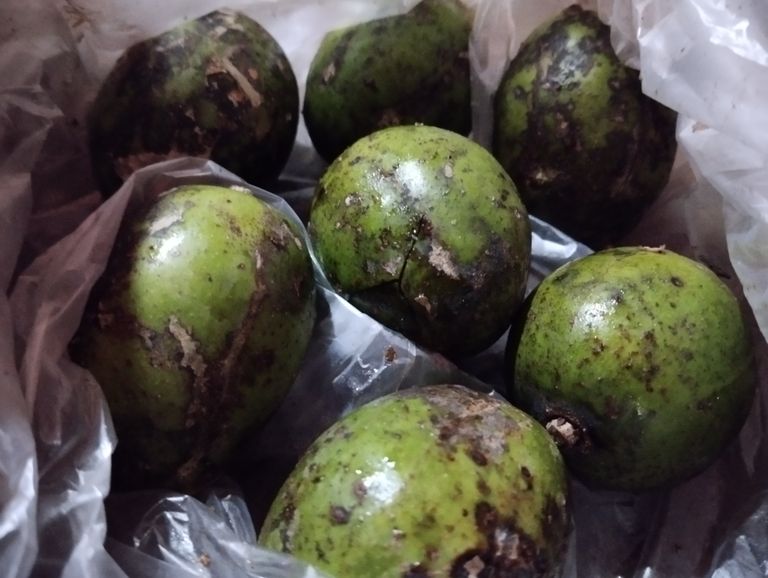
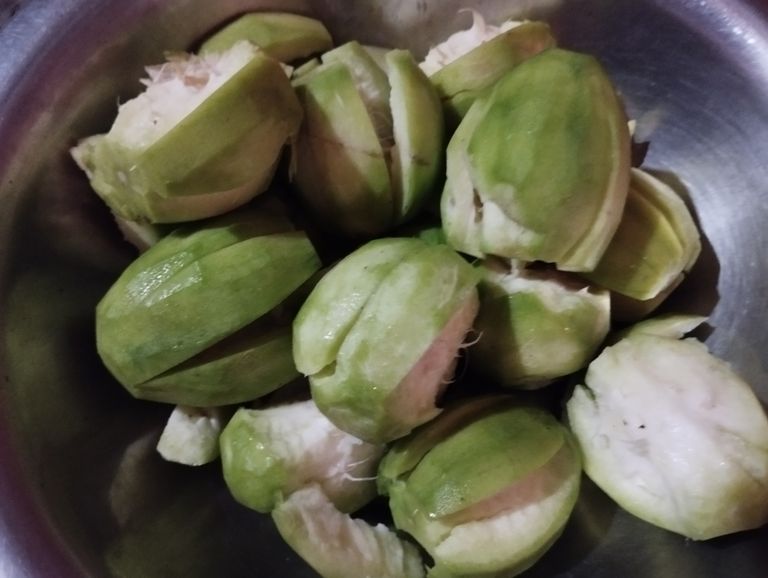
Here's a blog post about Bengali cooking recipes. Explore the World of Bengali Cooking: Traditional Recipes and Flavors Bengali cuisine is a treasure trove of flavors, aromas, and culinary traditions that have been perfected over generations. Known for its unique use of spices, mustard oil, and a balance of sweet and savory flavors, Bengali food offers a diverse menu of dishes that are both hearty and delicious. Whether you are a seasoned chef or a curious foodie, this blog will guide you through some popular Bengali recipes that you can try at home.
- Shorshe Ilish (Hilsa Fish in Mustard Sauce)
This iconic dish showcases Bengal’s love for fish and mustard.
Ingredients:
Hilsa fish: 4 pieces
Mustard seeds: 2 tablespoons
Mustard oil: 3 tablespoons
Green chilies: 4 (slit)
Turmeric powder: 1 teaspoon
Salt: to taste
Instructions:
- Marinate the fish with turmeric and salt.
- Grind mustard seeds into a fine paste.
- Heat mustard oil in a pan until smoking, then reduce the heat.
- Add the mustard paste, green chilies, and a bit of water. Cook for 2-3 minutes.
- Add the marinated fish and cook for another 10 minutes.
- Serve with steamed rice.
- Kosha Mangsho (Slow-Cooked Spicy Mutton Curry)
A rich and spicy mutton curry that’s a must-have for Sunday lunch.
Ingredients:
Mutton: 500 grams
Onions: 4 (finely chopped)
Garlic paste: 2 teaspoons
Ginger paste: 1 teaspoon
Yogurt: 2 tablespoons
Mustard oil: 4 tablespoons
Garam masala: 1 teaspoon
Red chili powder: 1 teaspoon
Turmeric powder: 1 teaspoon
Instructions.
- Marinate mutton with yogurt, turmeric, and chili powder for 30 minutes.
- Heat mustard oil and sauté onions until golden.
- Add garlic and ginger paste, and cook for 2 minutes.
- Add marinated mutton and cook on low heat for 40-50 minutes, stirring occasionally.
- Add garam masala and cook for another 5 minutes.
- Serve hot with luchi or paratha.
- Chingri Malai Curry (Prawns in Coconut Milk)
A creamy and flavorful dish that’s perfect for special occasions.
Ingredients:
Prawns: 500 grams
Coconut milk: 1 cup
Mustard oil: 3 tablespoons
Onion paste: 2 tablespoons
Turmeric powder: 1 teaspoon
Salt: to taste
Green chilies: 3
Instructions:
- Marinate prawns with turmeric and salt for 10 minutes.
- Heat mustard oil, then fry prawns lightly and set aside.
- In the same pan, sauté onion paste and green chilies.
- Add coconut milk and bring it to a boil.
- Add the prawns and simmer for 5 minutes.
- Serve with basmati rice.
- Mishti Doi (Sweetened Yogurt)
No Bengali meal is complete without a touch of sweetness. Mishti Doi is a traditional dessert that’s simple yet delightful.
Ingredients:
Full cream milk: 1 liter
Sugar: 200 grams
Yogurt culture: 2 tablespoons
Instructions:
- Boil milk until it reduces to half its volume.
- Caramelize sugar and add it to the milk, mixing well.
- Let the milk cool to lukewarm, then add yogurt culture.
- Pour the mixture into earthen pots and let it set overnight in a warm place.
- Refrigerate before serving.
Final Thoughts Bengali cuisine is an art form that celebrates fresh ingredients and bold flavors. Whether you’re indulging in the tangy notes of Shorshe Ilish or the sweetness of Mishti Doi, each dish tells a story of Bengal’s rich heritage. Try these recipes and immerse yourself in the culinary magic of Bengal.
The Blossoming and Shedding of Hog Plum Flowers
Nature’s rhythms are a beautiful spectacle, and one of its lesser-known marvels is the blooming and shedding of hog plum flowers (commonly known as amra in Bengali). Native to South Asia and Southeast Asia, the hog plum tree (Spondias pinnata) holds significant cultural, culinary, and ecological importance. Its flowering and shedding cycles are not just natural phenomena but also indicators of seasonal changes and agricultural activities in many regions.
In this blog, we delve deep into the fascinating lifecycle of hog plum flowers, exploring their symbolism, environmental impact, and relevance to biodiversity.
The Lifecycle of Hog Plum Flowers
The hog plum tree typically blooms between late winter and early spring, showcasing clusters of small, fragrant, yellowish-white flowers. These delicate flowers are a sight to behold, swaying gently in the breeze, adding vibrancy to the landscape. However, their beauty is fleeting, as the tree sheds its flowers soon after blooming.
This shedding is a natural process, preparing the tree for fruit-bearing. The fallen flowers, far from being waste, enrich the soil with nutrients and provide food for various insects and microorganisms. This cyclical process is an example of how nature maintains balance and sustainability.
Reasons Behind Flower Shedding
The shedding of hog plum flowers can be attributed to several factors:
- Pollination: The flowers are primarily pollinated by bees, butterflies, and other insects. Once pollination is successful, the tree directs its energy toward fruit development, leading to the shedding of excess flowers.
- Temperature and Weather Conditions: Seasonal changes, particularly temperature fluctuations and humidity levels, play a significant role in determining the duration of flower retention.
- Natural Selection: The tree produces more flowers than necessary, ensuring that at least some are pollinated. The excess flowers naturally fall off.
- Environmental Stress: Lack of water, poor soil quality, or sudden climatic changes can expedite the shedding process.
Ecological Importance of Flower Shedding
The fallen flowers serve various ecological functions:
- Soil Fertility: As the flowers decompose, they enrich the soil with organic matter, benefiting the tree and surrounding vegetation.
- Food Source: Many insects, such as ants and beetles, feed on the fallen flowers. This contributes to maintaining the food chain in the ecosystem.
- Habitat for Microorganisms: The flowers create a micro-habitat for fungi and bacteria, which play crucial roles in nutrient cycling.
The Cultural Significance of Hog Plum Flowers
In many rural communities, the blooming and shedding of hog plum flowers signify the transition between seasons. These flowers often carry symbolic meanings, representing renewal and the fleeting nature of life. Moreover, the hog plum tree, with its edible fruits and medicinal properties, holds a special place in traditional cuisine and herbal remedies.
Conclusion
The flowering and shedding of hog plum flowers are a testament to the intricate cycles of nature. While it may appear as a simple act of blooming and falling, it plays a crucial role in sustaining biodiversity and enriching the ecosystem. Observing these natural processes reminds us of the delicate balance that governs life on Earth, encouraging us to cherish and protect the natural world.
Thank you for sharing your kind comments with us.
Congratulations, your post has been upvoted by @dsc-r2cornell, which is the curating account for @R2cornell's Discord Community.
Enhorabuena, su "post" ha sido "up-voted" por @dsc-r2cornell, que es la "cuenta curating" de la Comunidad de la Discordia de @R2cornell.